
Desert Flower
¥83.03
Waris Dirie leads a double life -- by day, she is an international supermodel and human rights ambassador for the United Nations; by night, she dreams of the simplicity of life in her native Somalia and the family she was forced to leave behind. Desert Flower, her intimate and inspiring memoir, is a must-read for anyone who has ever wondered about the beauty of African life, the chaotic existence of a supermodel, or the joys of new motherhood.Waris was born into a traditional Somali family, desert nomads who engaged in such ancient and antiquated customs as genital mutilation and arranged marriage. At twelve, she fled an arranged marriage to an old man and traveled alone across the dangerous Somali desert to Mogadishu -- the first leg of an emotional journey that would take her to London as a house servant, around the world as a fashion model, and eventually to America, where she would find peace in motherhood and humanitarian work for the U.N.Today, as Special Ambassador for the U.N., she travels the world speaking out against the barbaric practice of female genital mutilation, promoting women's reproductive rights, and educating people about the Africa she fled -- but still deeply loves.Desert Flower will be published simultaneously in eleven languages throughout the world and is currently being produced as a feature film by Rocket Pictures UK.

Hef's Little Black Book
¥83.03
Nearly six decades ago, Hugh Marston Hefner created Playboy magazine, which effectively ignited America sexual revolution. The greatest living symbol of the Good Life, Hef created a world for himself that most men have yearned to inhabit, if only briefly, just to know what it like to be him. In Hef Little Black Book , this universally envied international icon offers a treasury of his often wry and heartfelt wisdom as it applies to the realms of romance, hedonism, ambition, business and, of course, sex. Accompanied by tantalizing never-before-seen photographs from his vast private archive, Hef Little Black Book is the gateway to Hugh Hefner irresistibly beguiling world. If you don’t swing, don’t ring lingerie and pajamas optional.

Avon
¥55.31
Lady Philippa Marbury is . . . odd The brilliant, bespectacled daughter of a double marquess cares more for books than balls, for science than the season, and for laboratories than love. She looking forward to marrying her simple fianc and living out her days quietly with her dogs and her scientific experiments. But before that, Pippa has two weeks to experience all the rest fourteen days to research the exciting parts of life. It not much time, and to do it right she needs a guide familiar with London darker corners. She needs . . . a Scoundrel She needs Cross, the clever, controlled partner in London most exclusive gaming hell, with a carefully crafted reputation for wickedness. But reputations often hide the darkest secrets, and when the unconventional Pippa boldly propositions him, seeking science without emotion, she threatens all he works to protect. He is tempted to give Pippa precisely what she wants . . . but the scoundrel is more than he seems, and it will take every ounce of his willpower to resist giving the lady more than she ever imagined.
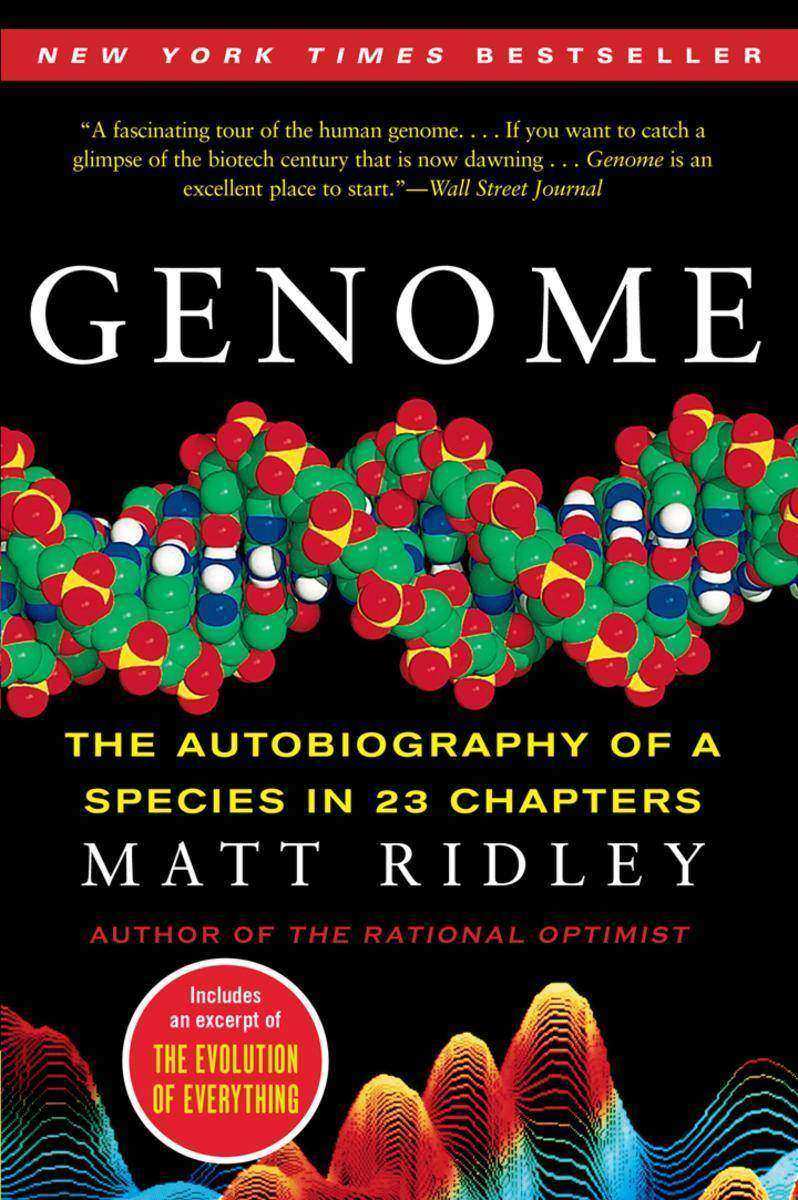
Genome
¥94.10
The genome been mapped. But what does it meanArguably the most significant scientific discovery of the new century, the mapping of the twenty-three pairs of chromosomes that make up the human genome raises almost as many questions as it answers. Questions that will profoundly impact the way we think about disease, about longevity, and about free will. Questions that will affect the rest of your life. Genome offers extraordinary insight into the ramifications of this incredible breakthrough. By picking one newly discovered gene from each pair of chromosomes and telling its story, Matt Ridley recounts the history of our species and its ancestors from the dawn of life to the brink of future medicine. From Huntington disease to cancer, from the applications of gene therapy to the horrors of eugenics, Matt Ridley probes the scientific, philosophical, and moral issues arising as a result of the mapping of the genome. It will help you understand what this scientific milestone means for you, for your children, and for humankind.
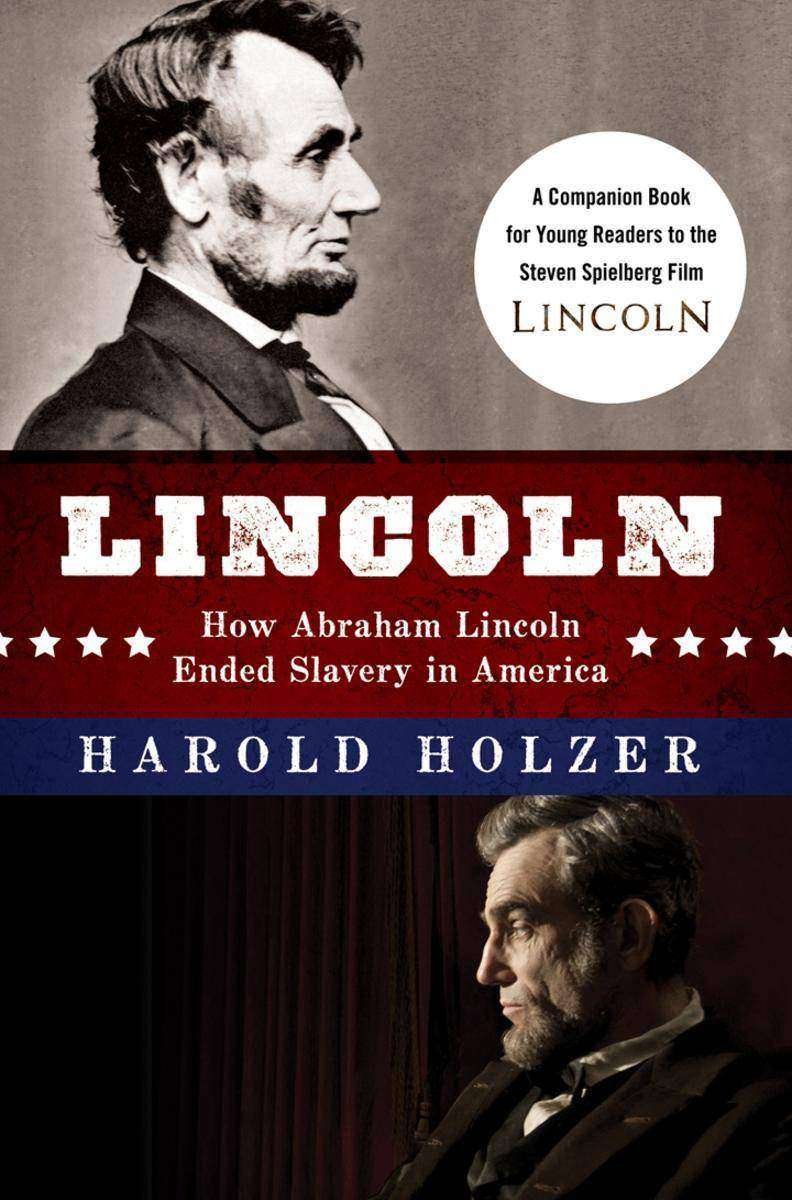
Lincoln: How Abraham Lincoln Ended Slavery in America
¥44.85
A new book and companion to the Steven Spielberg film tracing how Abraham Lincoln came to view slavery . . . and came to end it. Steven Spielberg focused his movie Lincoln on the sixteenth president tumultuous final months in office, when he pursued a course of action to end the Civil War, reunite the country, and abolish slavery. Invited by the filmmakers to write a special Lincoln book as a companion to the film, Harold Holzer, the distinguished historian and a consultant on the movie, now gives us a fast-paced, exciting new book on Lincoln life and times, his evolving beliefs about slavery, and how he maneuvered to end it. The story starts on January 31, 1865 less than three months before Lincoln assassination as the president anxiously awaits word on whether Congress will finally vote to pass the Thirteenth Amendment to the Constitution. Although the Emancipation Proclamation two years earlier had authorized the army to liberate slaves in Confederate territory, only a Constitutional amendment passed by Congress and ratified by three-fourths of the states would end slavery legally everywhere in the country. Drawing from letters, speeches, memoirs, and documents by Lincoln and others, Holzer goes on to cover Lincoln boyhood, his moves from Kentucky to Indiana to Illinois, his work as a lawyer and congressman, his unsuccessful candidacies for the U.S. Senate and his victory in two presidential elections, his arduous duties in the Civil War as commander in chief, his actions as president, and his relationships with his family, political rivals, and associates. Holzer provides a fresh view of America in those turbulent times, as well as fascinating insights into the challenges Lincoln faced as he weighed his personal beliefs against his presidential duties in relation to the slavery issue. The passage of the Thirteenth Amendment would become the crowning achievement of Abraham Lincoln life and the undisputed testament to his political genius. By viewing his life through this prism, Holzer makes an important passage in American history come alive for readers of all ages. The book also includes thirty historical photographs, a chronology, a historical cast of characters, texts of selected Lincoln writings, a bibliography, and notes.

Lateral Thinking
¥95.39
The first practical explanation of how creativity works, this results-oriented bestseller trains listeners to move beyond a "vertical" mode of thought to tap the potential of lateral thinking.
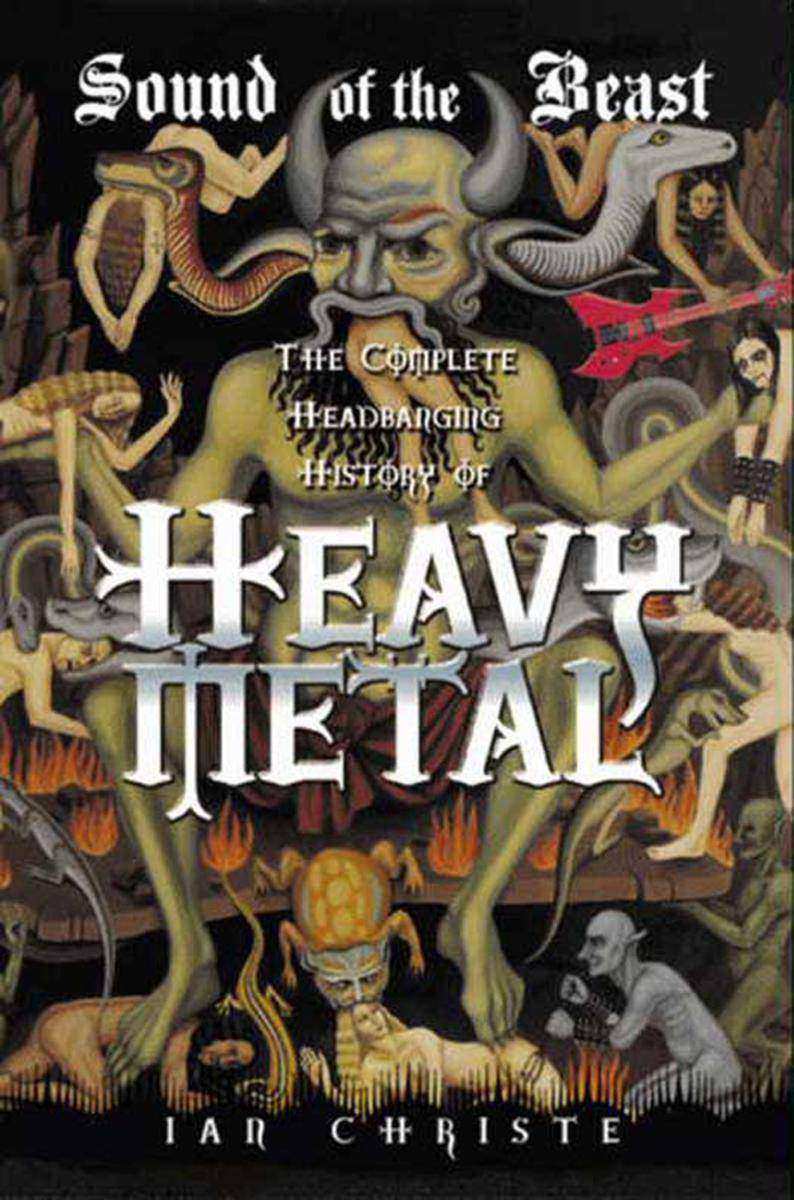
HarperCollins e-books
¥101.00
The definitive history of the first 30 years of heavy metal, containing over 100 interviews with members of Black Sabbath, Metallica, Judas Priest, Twisted Sister, Slipknot, Kiss, Megadeth, Public Enemy, Napalm Death, and more. More than 30 years after Black Sabbath released the first complete heavy metal album, its founder, Ozzy Osbourne, is the star of The Osbournes, TV's favourite new reality show. Contrary to popular belief, headbangers and the music they love are more alive than ever. Yet there has never been a comprehensive book on the history of heavy metal - until now. Featuring interviews with members of the biggest bands in the genre, Sound of the Beast gives an overview of the past 30-plus years of heavy metal, delving into the personalities of those who created it. Everything is here, from the bootlegging beginnings of fans like Lars Ulrich (future founder of Metallica) to the sold-out stadiums and personal excesses of the biggest groups. From heavy metal's roots in the work of breakthrough groups such as Black Sabbath and Led Zeppelin to MTV hair metal, courtroom controversies, black metal murderers and Ozzfest, Sound of the Beast offers the final word on this elusive, extreme, and far-reaching form of music.

What Happens in Scotland
¥41.46
She Woke Up Married When Lady Georgette Thorold awoke she saw . . . her corset hanging from the armoire . . . a very handsome, very naked Scotsman lying beside her . . . and a wedding ring on her finger! Before the attractive stranger can tell her his name, Georgette does the only sensible thing she runs for it. Little does she know, James MacKenzie isn't clear on what happened the night before either. All he knows is that his money is missing and the stunning woman who just ran from the room is either his wife or a thief . . . or possibly both. What happens in Scotland when two complete strangers fall madly, deeply in love?
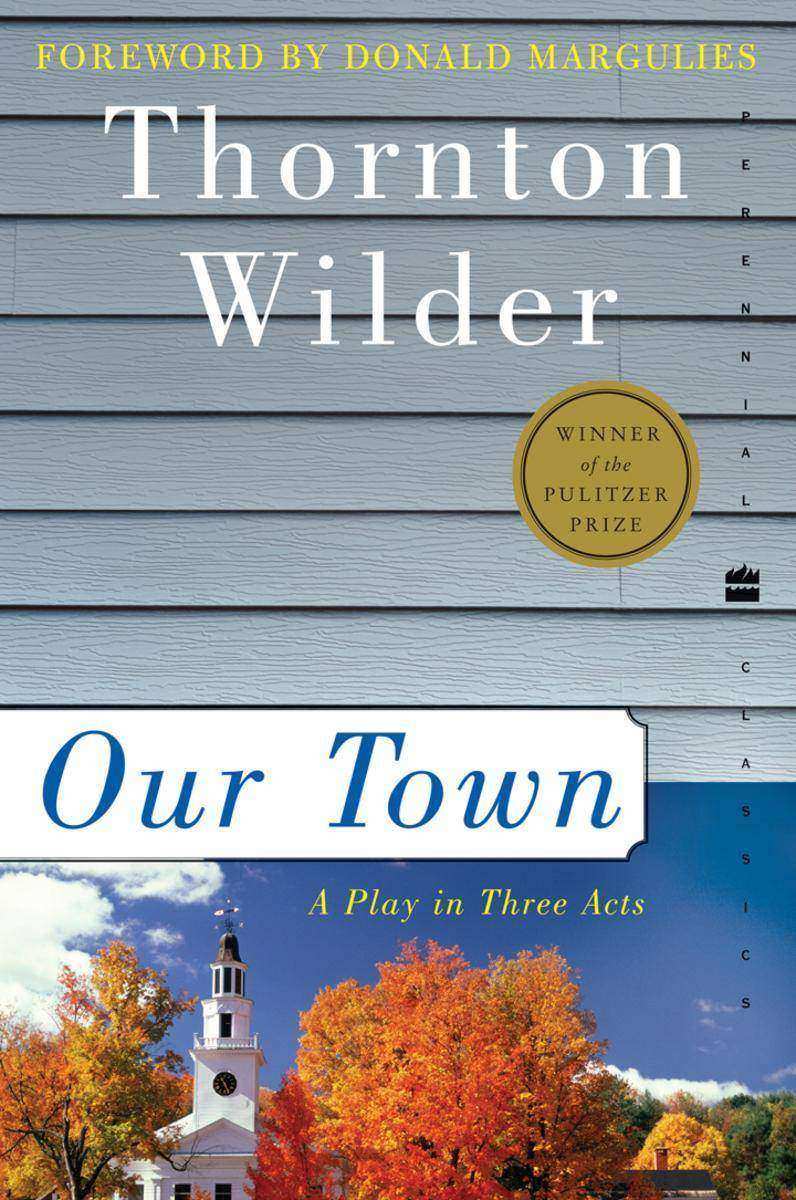
Our Town
¥83.03
Our Town was first produced and published in 1938 to wide acclaim. This Pulitzer Prize winning drama of life in the town of Grover 's Corners, an allegorical representation of all life, has become a classic. It is Thornton Wilder's most renowned and most frequently performed play. It is now reissued in this handsome hardcover edition, featuring a new Foreword by Donald Margulies, who writes, "You are holding in your hands a great American play. Possibly the great American play." In addition, Tappan Wilder has written an eye-opening new Afterword, which includes Thornton Wilder's unpublished notes and other illuminating photographs and documentary material.
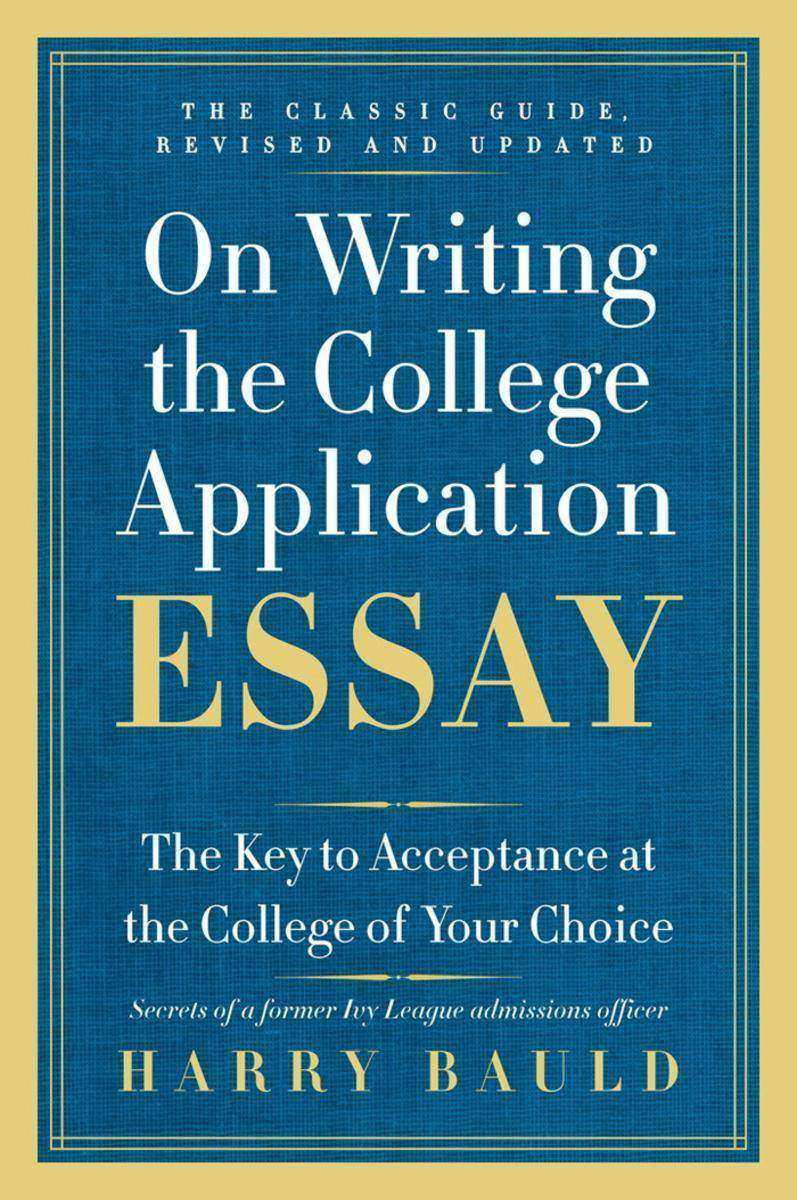
On Writing the College Application Essay, 25th Anniversary Edition
¥83.03
What does an admissions officer look for in a college application essayYou. It's that simple. There's no formula, no trick, no strategy, says Harry Bauld, a former Ivy League admissions officer. But with acceptance rates at all-time lows, just being yourself in an essay means understanding your readers and the unique form in which you are writing. In this fully revised and updated edition of the classic guide to writing the best essay of your life, Bauld reveals the big clich s (The Trip, The Jock, Miss America, Pet Death) and helps you discover ways to come alive on the page as a real person instead of applicant number 13,791.
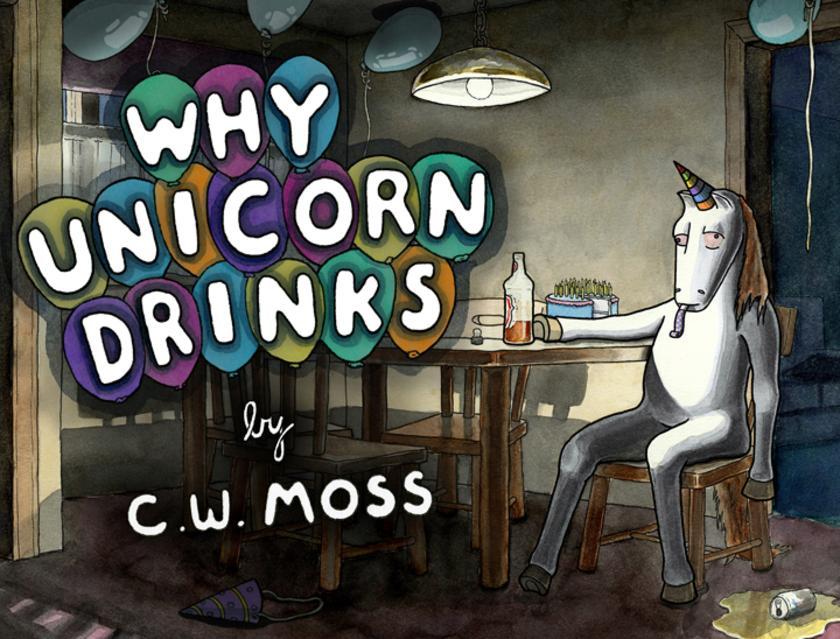
Why Unicorn Drinks
¥83.03
Unicorns are just like us. They have problems, stresses, and like to blow off some steam. Author and illustrator C. W. Moss explores the inner psyche of the single-horned in Why Unicorn Drinks . A follow-up to Unicorn Being a Jerk , this volume of 67 four-color illustrations and captions gives readers a glimpse into the sad reality of life as a mythical creature, and reveals what drives Unicorn to the bottle. As fans of Moss' online comic undoubtedly know, Why Unicorn Drinks pours a double-shot of laughter and irreverence. You'll never look at a unicorn the same way again.
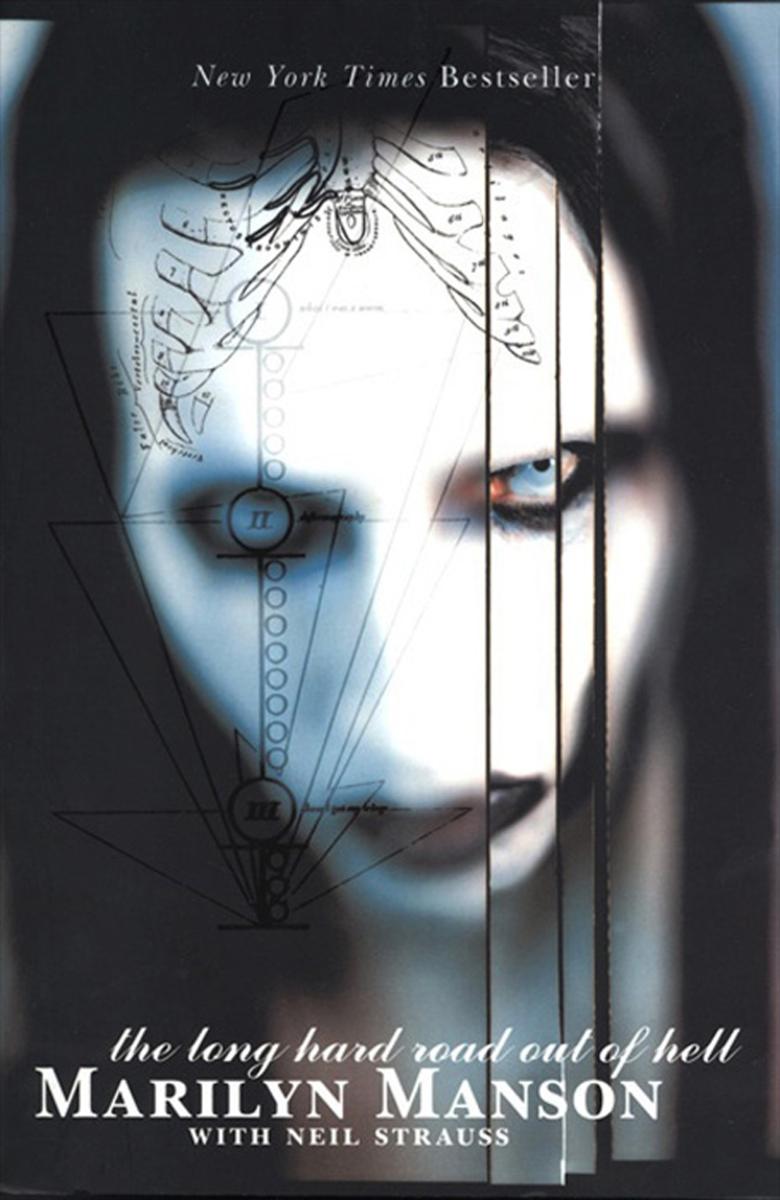
The Long Hard Road Out of Hell
¥105.17
When this best-selling autobiography was originally released, readers were shocked: The Long Hard Road Out of Hell was the darkest, funniest, most controversial, and best-selling rock book of its time and it became the template, both visually and narratively, for almost every rock book since. Marilyn Manson is not just a music icon, it turned out, but one of the best storytellers of his generation. Written with bestselling author Neil Strauss, beautifully designed with dozens of exclusive photographs, and modeled on Dante's Inferno , this edition of The Long Hard Road Out of Hell features a bonus chapter not in the hardcover. In the shocking and candid memoir, Manson takes readers from backstage to emergency rooms to jail cells, from the pit of despair to the top of the charts, and recounts his metamorphosis from a frightened Christian schoolboy into the most feared and revered music superstar in the country. Along the way, you'll hear what happens to fans and celebrities who dare to venture backstage with the one of the world's most dangerous rock stars. In the words of Elle magazine, the book "makes Madonna's infamous Sex seem downright wholesome in comparison."
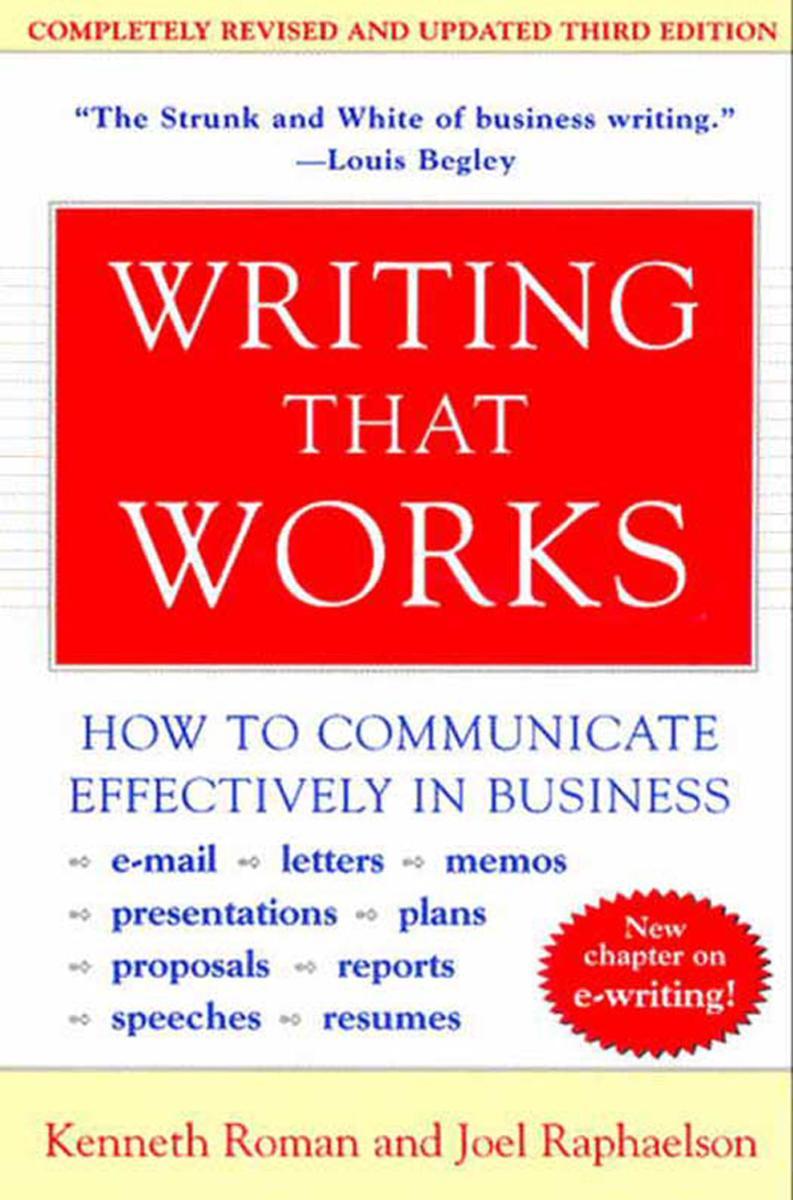
Writing That Works, 3e
¥88.56
Writing That Works will help you say what you want to say, with less difficulty and more confidence. Now in its third edition, this completely updated classic has been expanded to included all new advice on e-mail and the e-writing world, plus a fresh point of view on political correctness. With dozens of examples, many of them new, and useful tips for writing as well as faster on a computer, Writing That Works will show you how to improve anything you write: Presentations that move ideas and action Memos and letters that get things done Plans and reports that make things happen Fund-raising and sales letters that produce results Resumes and letters that lead to interviews Speeches that make a point
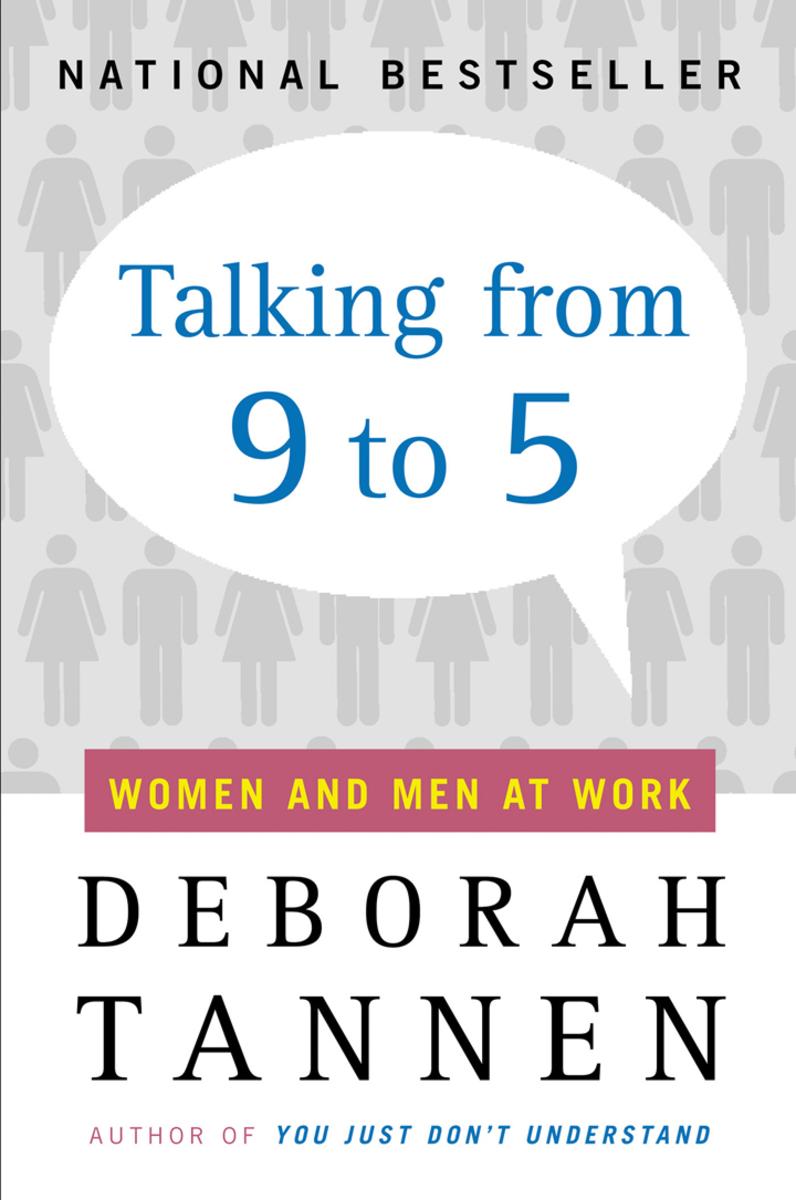
Talking from 9 to 5
¥83.92
Your project went off without a hitch--but somebody else got the credit...You averted a crisis brilliantly--but no one noticed...You came to the meeting with a sensational idea--but it was ignored until someone else said the same thing... HOW CAN YOU GET CREDIT & GET AHEAD?In her extraordinary international bestseller, You Just Don't Understand, Deborah Tannen transformed forever the way we look at intimate relationships between women and men. Now she turns her keen ear and observant eye toward the workplace--where the ways in which men and women communicate can determine who gets heard, who gets ahead, and what gets done. An instant classic, Talking From 9 to 5 brilliantly explains women's and men's conversational rituals--and the language barriers we unintentionally erect in the business world. It is a unique and invaluable guide to recognizing the verbal power games and miscommunications that cause good work to be underappreciated or go unnoticed--an essential tool for promoting more positive and productive professional relationships among men and women.

Little Chapel on the River
¥88.56
Forced from her downtown Manhattan apartment by the terrorist attack of September 11, journalist Wendy Bounds was delivered to Guinan's doorstep -- a legendary Irish drinking hole and country store nestled along the banks of the Hudson River in the small town of Garrison, New York -- by a friend. Captivated by the bar's charismatic but ailing owner and his charming, motley clientele, Bounds uprooted herself permanently and moved to tiny Garrison, the picturesque river town they all call home. There she became one of the rare female regulars at the old pub and was quickly swept up into its rhythm, heartbeat, and grand history -- as related by Jim Guinan himself, the stubborn high priest of this little chapel. Surrounded by a crew of endearing, delightfully colorful characters who were now her neighbors and friends, she slowly finds her own way home. Beautifully written, deeply personal, and brilliantly insightful, Little Chapel on the River is a love story about a place -- and the people who bring it to life.

House, M.D. 豪斯医生官方指南
¥105.17
The authorized guide to the television phenomenon House, M.D. For the last six years House, M.D. has been one of the most popular and captivating shows on television. Following the stories of a misanthropic genius doctor named Gregory House and his team of specialists, each week the show confronts medical mysteries that have baffled the best minds in medicine. Centered around one of the most compelling characters on television brilliantly portrayed by actor Hugh Laurie the Emmy Award winning TV drama has been keeping millions of viewers intrigued and enthralled since it began, always offering an entertaining mixture of drama and humor. Based on unprecedented access to the show's cast members and creative staff, House, M.D. is the first fully authorized guide to the hit medical drama, offering a close-up view inside the world of House . From the show's genesis to today, this companion provides unique insight into the TV drama, as the actors, writers, and producers who've created these characters describe in their own words what the show means to them. This book also delves into fascinating discussions of the show's medical science and controversial ethical issues, as well as includes exclusive photographs from the set and an intimately detailed look at the making of an episode. Essential reading for any House fan, House, M.D. is the ultimate behind-the-scenes guide to TV's most captivating show.
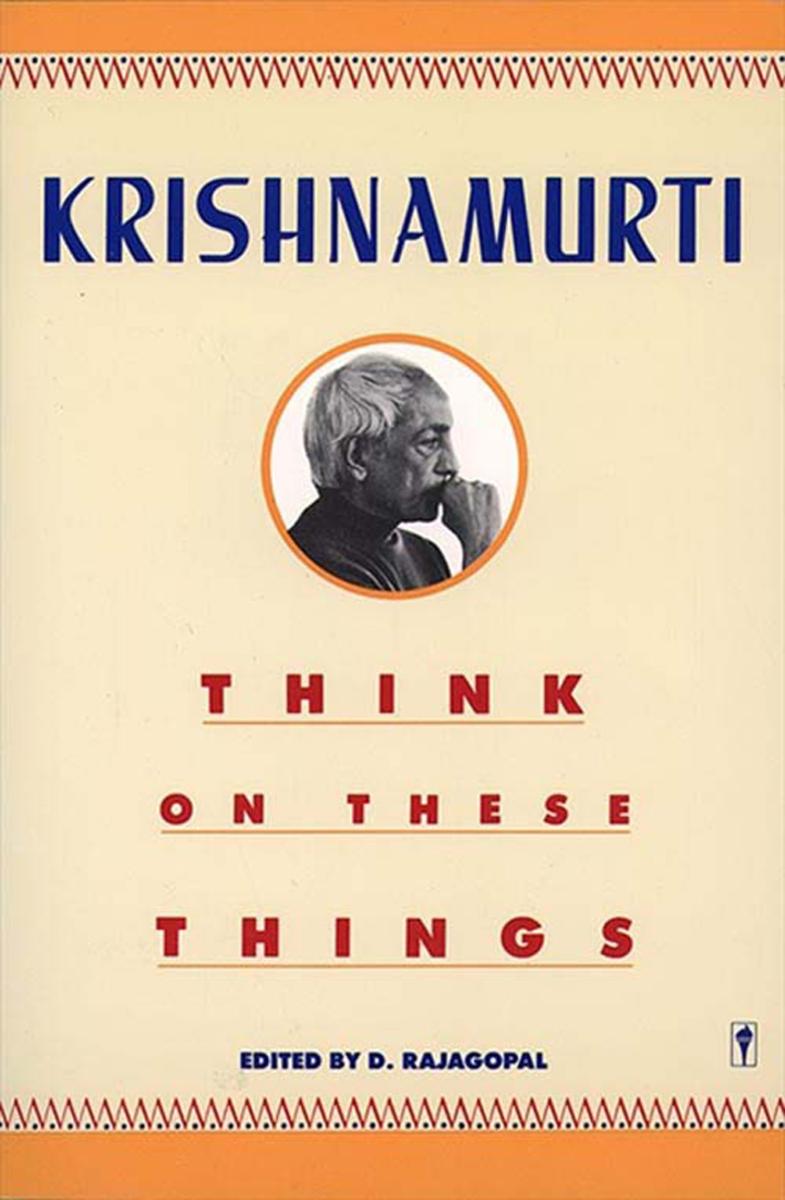
Think on These Things
¥94.10
The material contained in this volume was originally presented in the form of talks to students, teachers and parents in India, but its keen penetration and lucid simplicity will be deeply meaningful to thoughtful people everywhere, of all ages, and in every walk of life. Krishnamurti examines with characteristic objectivity and insight the expressions of what we are pleased to call our culture, our education, religion, politics and tradition; and he throws much light on such basic emotions as ambition, greed and envy, the desire for security and the lust for power all of which he shows to be deteriorating factors in human society.From the Editor NoteKrishnamurti observations and explorations of modern man estate are penetrating and profound, yet given with a disarming simplicity and directness. To listen to him or to read his thoughts is to face oneself and the world with an astonishing morning freshness.Anne Marrow Lindbergh
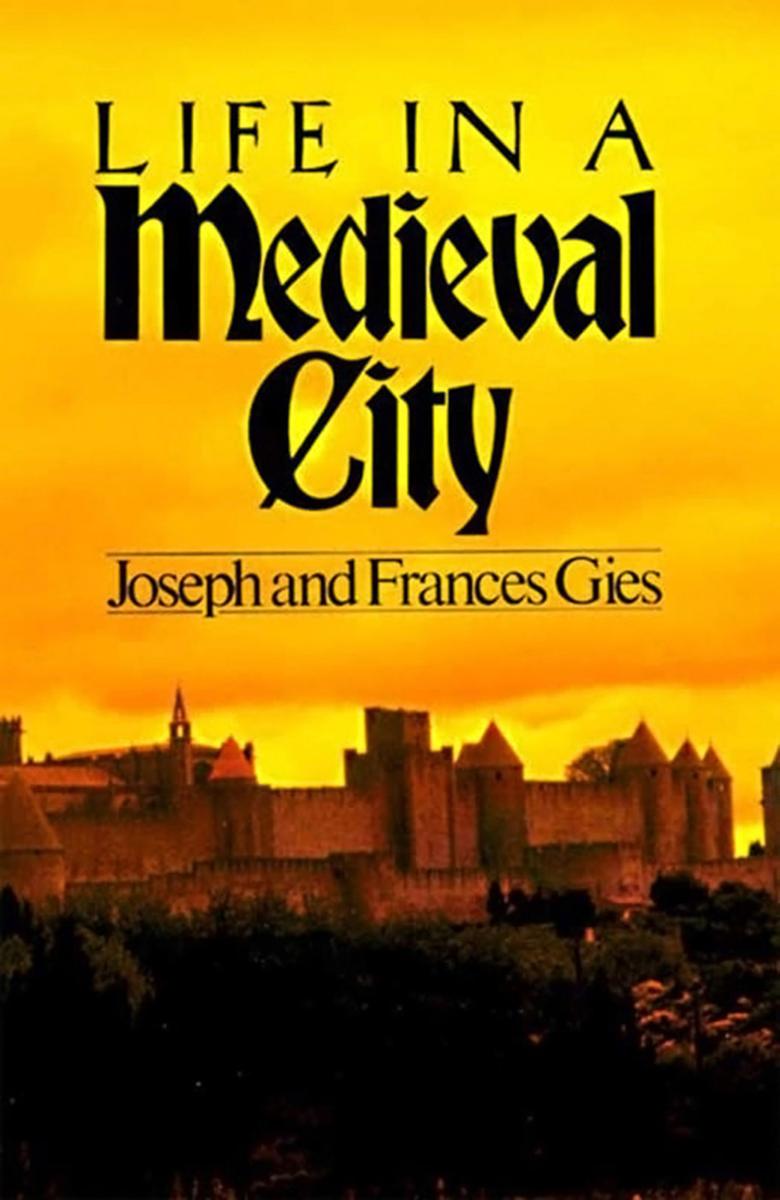
HarperCollins e-books
¥95.11
For students, researchers, and history lovers, a look at day-to-day life in a rarely explored era. "About life and death, midwives and funerals, business, books and authors, and town government."--Choice
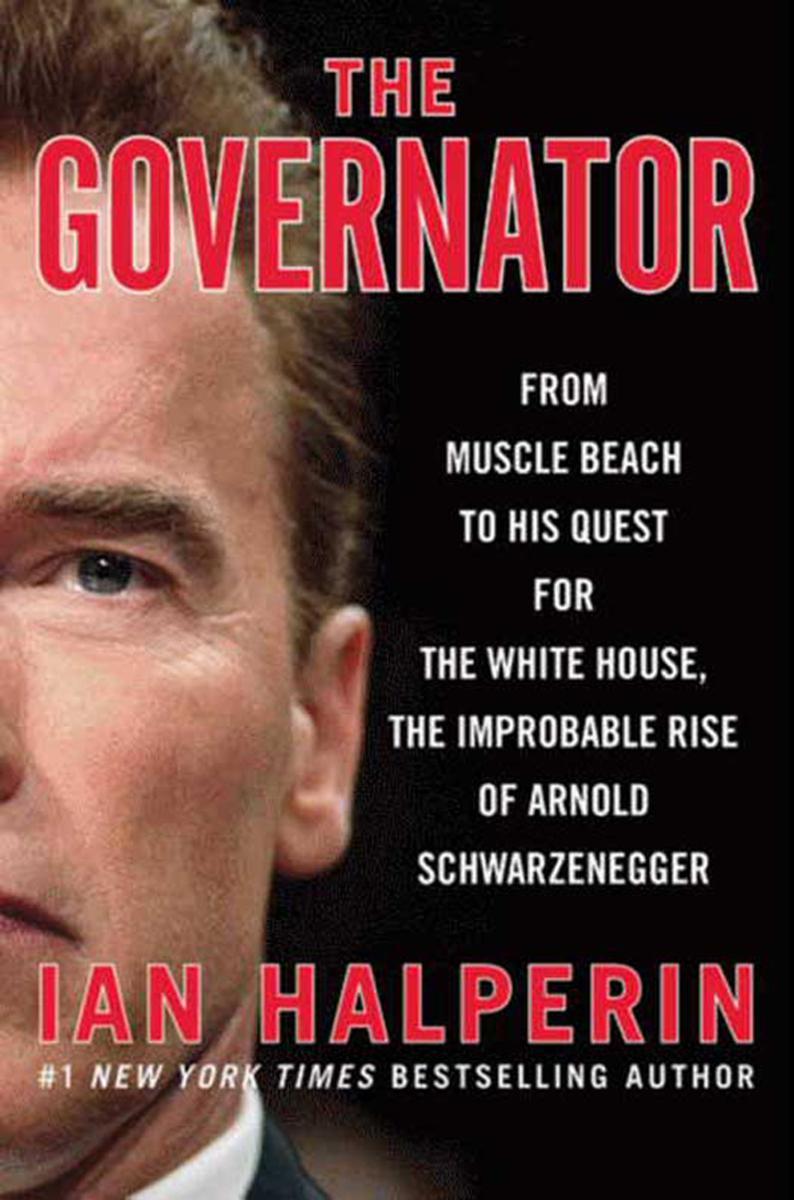
The Governator
¥145.91
Who is the real Arnold SchwarzeneggerInvestigative journalist and number one New York Times bestselling author Ian Halperin reveals the true and untold story about this larger-than-life and often outrageous figure From his childhood in Austria to his rise as a star ofAmerican conservative politics, the story of ArnoldSchwarzenegger life reads like the * of a HollywoodB-movie penned by Horatio Alger. In this exclusivepeek behind the curtain, award-winning scoop hunterIan Halperin wades through the myths and rumors todiscover the real Arnold behind the icon, a man definedby unbridled ambition and an unending quest for power. Based on extensive research, undercover forays, andcandid interviews with many of the Terminator closefriends and peers, Halperin brings the myth to life with: a riveting journey through Schwarzenegger pastto explore his relationship with his abusive father andhis feelings toward the Nazi party. insights into the shadowy world of bodybuildingand Schwarzenegger early steroid use. an investigation of Schwarzenegger reputation asa bully and a womanizer, including his alleged affairs and public accusations of sexual harassment behavior that earned him the nickname the Groper.an in-depth look at his long-standing fascination withthe Kennedys and his remarkably seamless assimilation into his wife fabled family. a detailed look into Maria startling weight loss. an analysis of Schwarzenegger political career,revealing him to be a surprisingly effective and talentedgovernor. the behind-the-scenes machinations of the Kennedyfamily to influence Schwarzenegger political agenda. And finally Halperin uncovers the never-before-told details of an incredible and audacious plan for Schwarzenegger to attempt to rewrite the Constitution and run for president of the United States.
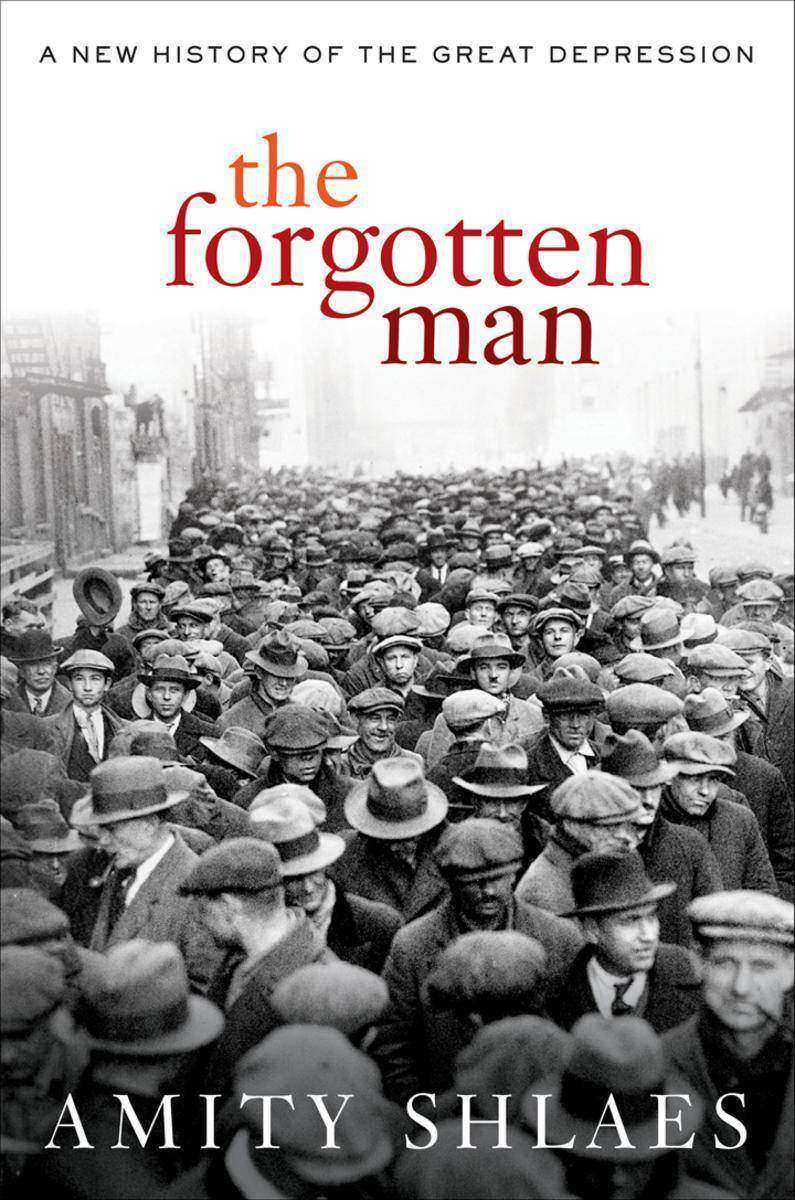
The Forgotten Man
¥106.31
In The Forgotten Man , Amity Shlaes, one of the nation's most-respected economic commentators, offers a striking reinterpretation of the Great Depression. She traces the mounting agony of the New Dealers and the moving stories of individual citizens who through their brave perseverance helped establish the steadfast character we recognize as American today.
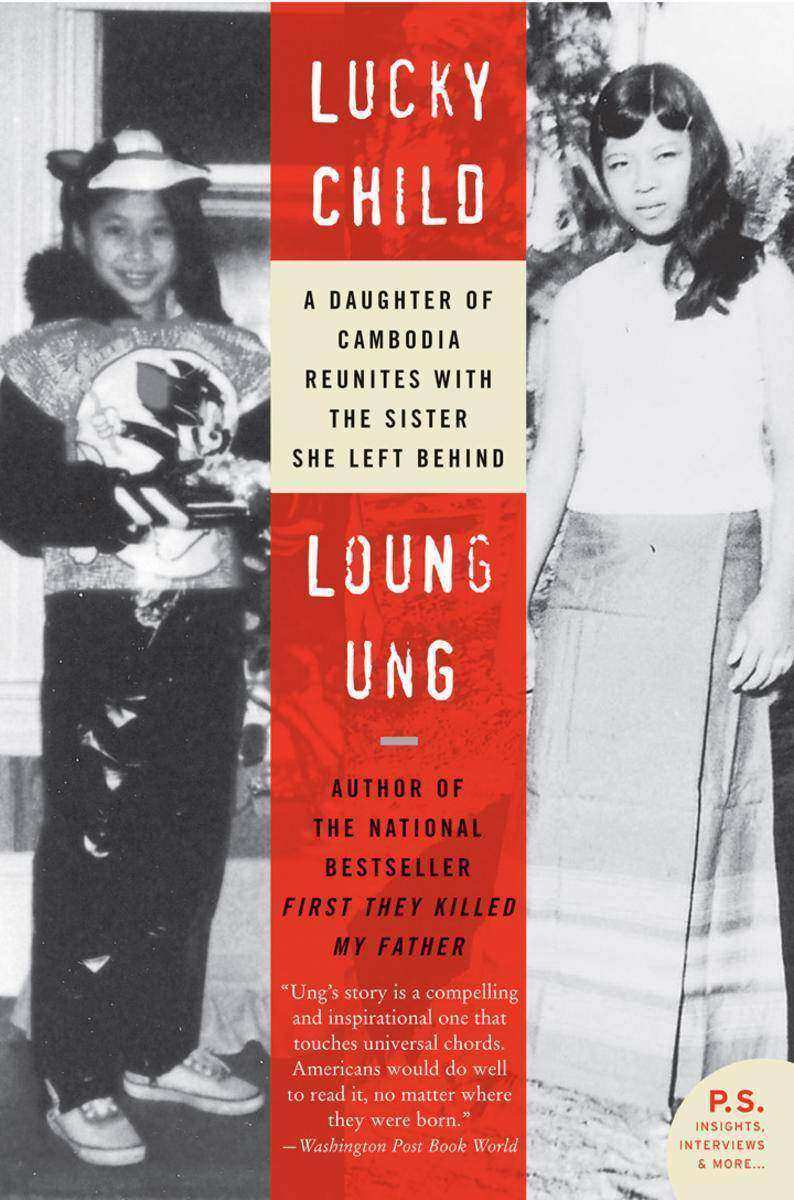
Lucky Child
¥90.77
After enduring years of hunger, deprivation, and devastating loss at the hands of the Khmer Rouge, ten-year-old Loung Ung became the "lucky child," the sibling chosen to accompany her eldest brother to America while her one surviving sister and two brothers remained behind. In this poignant and elegiac memoir, Loung recalls her assimilation into an unfamiliar new culture while struggling to overcome dogged memories of violence and the deep scars of war. In alternating chapters, she gives voice to Chou, the beloved older sister whose life in war-torn Cambodia so easily could have been hers. Highlighting the harsh realities of chance and circumstance in times of war as well as in times of peace, Lucky Child is ultimately a testament to the resilience of the human spirit and to the salvaging strength of family bonds.




 购物车
购物车 个人中心
个人中心



